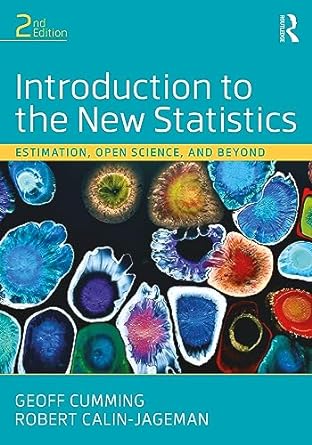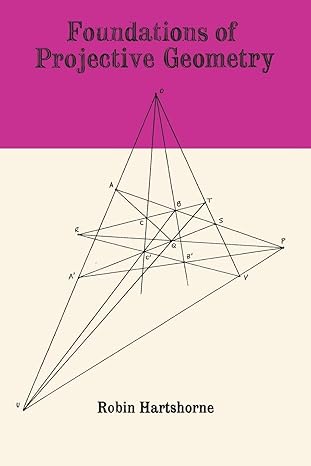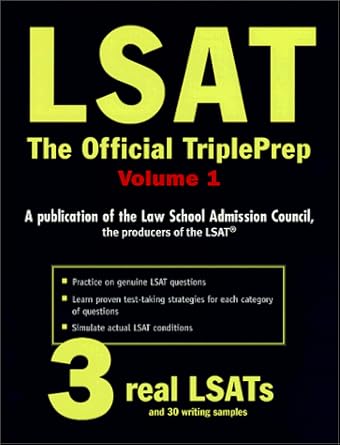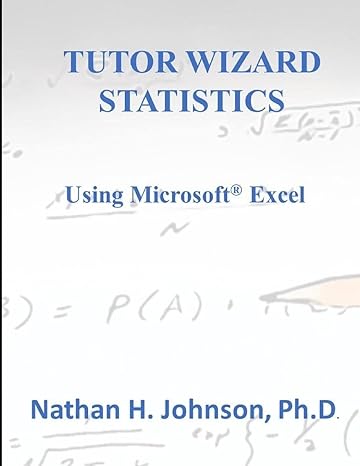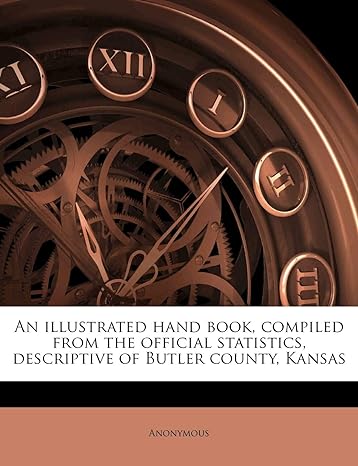Go back

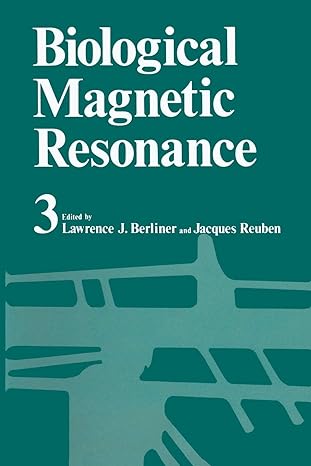
Biological Magnetic Resonance Volume 3(1st Edition)
Authors:
Lawrence J. Berliner, Jacques Reuben

Cover Type:Hardcover
Condition:Used
In Stock
Shipment time
Expected shipping within 2 DaysPopular items with books
Access to 30 Million+ solutions
Free ✝
Ask 50 Questions from expert
AI-Powered Answers
✝ 7 days-trial
Total Price:
$0
List Price: $52.36
Savings: $52.36(100%)
Solution Manual Includes
Access to 30 Million+ solutions
Ask 50 Questions from expert
AI-Powered Answers
24/7 Tutor Help
Detailed solutions for Biological Magnetic Resonance Volume 3
Price:
$9.99
/month
Book details
ISBN: 1461332036, 978-1461332039
Book publisher: Springer
Get your hands on the best-selling book Biological Magnetic Resonance Volume 3 1st Edition for free. Feed your curiosity and let your imagination soar with the best stories coming out to you without hefty price tags. Browse SolutionInn to discover a treasure trove of fiction and non-fiction books where every page leads the reader to an undiscovered world. Start your literary adventure right away and also enjoy free shipping of these complimentary books to your door.
Book Summary: We are proud to present Volume 3 of Biological Magnetic Resonance, a series that has met with praise from the scientific community. This volume covers the new applications of various multiple irradia- tion techniques to the NMR of biomolecules; the chapter of Keller and Wuthrich describes much of the technique and its applications to hemo- proteins. The ESR of some hemoproteins in the single crystal is described by Chien and Dickinson, who also include discussions of techniques and methods for single-crystal ESR of paramagnetically intrinsic and spin- labeled protein crystals. Mims and Peisach describe the latest applications and results in electron spin echo spectroscopy of several metalloproteins. Two ESR spin probe techniques are reviewed. Chasteen describes the methods and applications of vanadyl(JV) to several systems. Ohnishi and Tokutomi describe studies of phase separations in mixed and model mem- branes by the nitroxide spin probe technique. We have been successful in continuing to provide topics that are timely and experimentally informative with a heavy emphasis on biolo- gically relevant applications. We thank our colleagues in the scientific com- munity for their suggestions on future coverage-we will remain receptive to future suggestions and comments on this series. A tentative topic list for forthcoming volumes is given on the following pages.
Customers also bought these books
Frequently Bought Together
Top Reviews for Books
Meera Pathmanathan
( 4 )
"Delivery was considerably fast, and the book I received was in a good condition."


